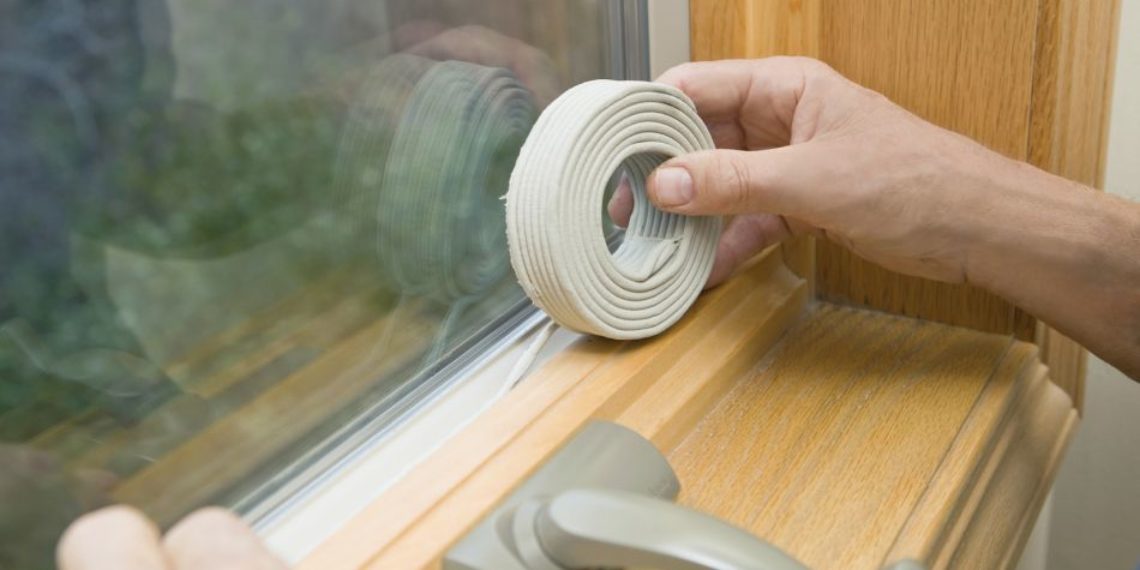Winterize Your Home
Staying warm and saving money on heating costs are two goals that sometimes seem at odds when cold weather hits. Here are ten steps that will help you do both.
Step 1: Seal up cracks or crevices inside and outside the home. Look for gaps where different materials meet, such as brick and siding, wood and plaster, or flooring and drywall. Examine areas along the foundation for openings and imperfections. Remove any existing caulk that is worn or loose and replace it with a premium quality caulk. Fill additional voids with, flexible caulk cord, spray foam insulation or weather strip.
Step 2: Examine exterior doors and replace torn or damaged door sweeps, thresholds and weather stripping.
Step 3: Remove screens and put up storm windows. Caulk or weather strip around storm windows to assure they have the best seal possible.
Step 4: Cover any windows that do not have functioning storms with plastic. Interior or exterior pre-packaged kits with double sided sticky tape are easy to install and surprisingly energy efficient.
Step 5: Insulate behind switch plates and cover plates with pre-cut foam insulating gaskets.
Step 6: Reverse the direction of all ceiling fans. In the winter ceiling fan blades should rotate clockwise to push the heat down and properly circulate warm air.
Step 7: Wrap water lines with closed cell foam or fiberglass insulation. Install heat tapes on pipes that run through exterior walls or in unheated areas of the home such as crawl spaces and back porches.
Step 8: Check the furnace duct work for leaks, gaps or breaks. Insulate any duct work running through unheated portions of the home. Homes with improperly connected or poorly insulated ducts can lose up to 60% of the heated air before it reaches its destination.
Step 9: Change the furnace filter regularly. Furnace filters remove dust and other airborne particles that can damage the fan, motor and heating coils of the furnace. When the filter becomes clogged, the motor works longer and harder to pull air through. Strain on the motor increases the daily cost of heating and cooling and decreases the life expectancy of the furnace.
Step 10: Check your smoke alarms and carbon monoxide detectors to make sure they are functioning properly. If you do not have a carbon monoxide detector, now is the time to invest in one.
